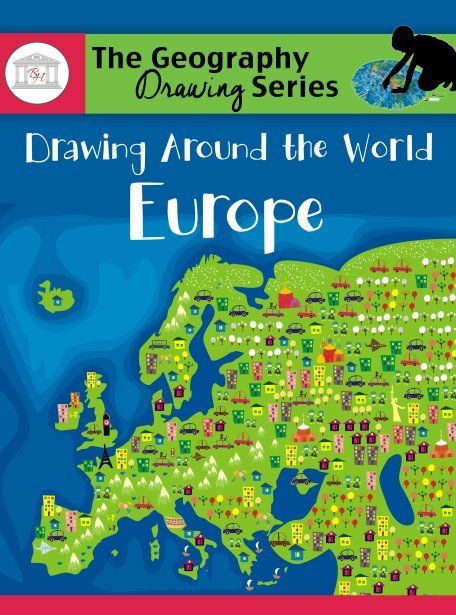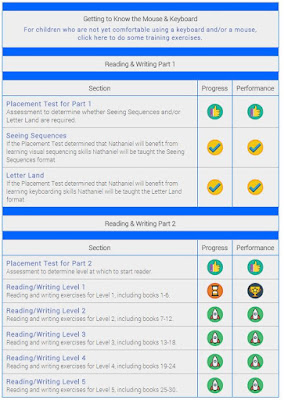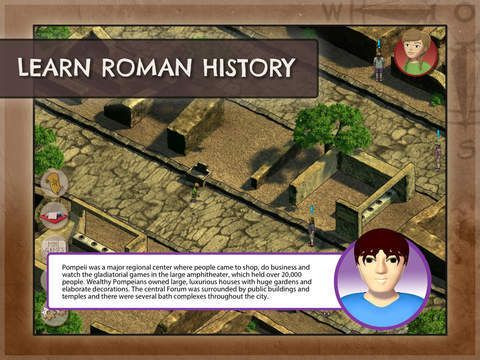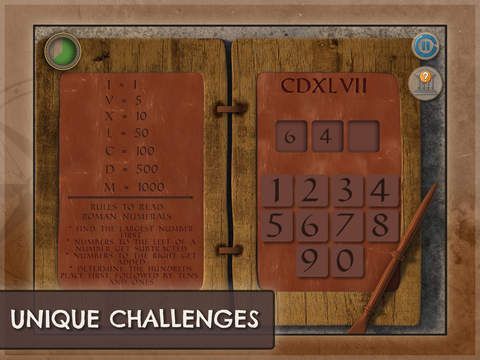Recently I learned about the curriculum publisher called Brookdale House. Their passion is "to design curricula that teaches more with less." I discovered that Ms Mason wrote a couple of Geography books. This new found knowledge has inspired me to search for something to help Nathaniel with his map skills / knowledge.
Brookdale House have a Geography Drawing Series which covers the continent of Europe (Drawing Around the World: Europe) and the USA. The purpose of the curriculum is to help students draw maps from memory.
What we received
- Drawing Around the World: Europe
- 256 page full colour eBook
- 9,286 kb
- How to use the program
- Learning objectives
- Suggested weekly schedule
- Memorization Techniques
- Maps
- Drawing Directions
- Online Resource links
- 50 Countries to learn (spread over a 24 week cycle):
| Albania | Germany | Norway |
| Andorra | Greece | Poland |
| Armenia | Hungry | Portugal |
| Austria | Iceland | Romania |
| Azerbaijan | Ireland | Russia |
| Belarus | Italy | San Marino |
| Belgium | Kosovo | Serbia |
| Bosnia | Latvia | Slovakia |
| Bulgaria | Liechtenstein | Slovenia |
| Croatia | Lithuania | Spain |
| Cyprus | Luxembourg | Sweden |
| Czech Republic | Macedonia | Switzerland |
| Denmark | Malta | Turkey |
| Estonia | Moldavia | Ukraine |
| Finland | Monaco | United Kingdom |
| France | Montenegro | Vatican City |
| Georgia | Netherlands |
How we used it
 |
| Learning to draw the country for the week |
- Day 1 - Learn about the country by completing a fact table of the country, locate and label the country on a map, trace the country and draw the country.
- Day 2 - Locate and label the country on a dashed, black and white dashed map. Draw and label the country on a blank map.
- Day 3 - a repeat of day 2
- Day 4 - List from memory all the countries studied so far. Draw the countries on a blank map.
 |
| Locating, colouring and labeling the country on a dotted map |
 |
| Drawing the country on a blank map |
If the student would like to practice tracing the country before free hand drawing you can add the maps to a sheet protector and use a dry erase marker. Some students struggle with the slippery writing surface. For these students I recommend using backing paper and a pencil for practice.
Using coloured pencils helps the countries stand out from the rest during practice and review.
**Cost of Drawing Around the World: Europe
- eBook - $22.95
- Printed Book - $25.95
- There is no recommended minimum age. As soon as your student is capable of tracing, free hand drawing from memory and writing the country names you can start using Drawing Around the World: Europe.
Over All I thought ...
I like the simplicity of this system and the flexibility I have as a home educator to choose which country to learn next. This enables me to line up the country we are studying with our history or our current read aloud.
The system is the same each week which means that for me I don't need to do any new prep work and for Nathaniel it allows him to know what to do without me having to explain it from scratch each time.
Beautifully presented and excellent quality make for a great geography product.
Blessings
Chareen


























